Kishanpur Wildlife Sanctuary
The Kishanpur Wildlife Sanctuary is a part of the Dudhwa Tiger Reserve near Mailani in Uttar Pradesh. Kishanpur Wildlife Sanctuary, a four and a half hour drive from Lucknow, is 13 km away from Bhira town in Lakhimpur Kheri District. Spread in a compact area of 200 sq Km, it is part of Dudhwa Tiger Reserve, covering an area of 227 km2 (88 sq mi) of terai forest and meadows and was founded in 1972. It is home to Tigers, Leopards, Pythons, Barking Deer, Ghariyal, Wild Boar and Swamp Deers.
Located some 30 kms from Dudhwa National Park, this sanctuary spreads over 203 sq kms and lies along the banks of the Sharada. The forests of Dudhwa National Park and Kishanpur Wildlife Sanctuary are not contiguous and there is agricultural land in between. Kishanpur’s vegetation resembles Dudhwa’s, with dense riparian forests and moist deciduous trees like sal, teak and jamun. The open meadows dotted with tals and perennial streams, attract a variety of animals and birds.
An enviable 450 resident and migratory bird species visit Dudhwa Tiger Reserve and plenty of these can be spotted at Jhadi Tal, the premier waterbody of the Kishanpur wildlife sanctuary. The red-crested pochard, mallard, dabchick, grebe, common pochard, pintail, shoveller, river tern, the white-eyed pochard, spoonbill, egret, snakebird, heron, black-necked stork and many other avian species frequent the tal. Visitors have frequently spotted herds of chital, barasingha, or playful otters prancing about Jhadi Tal. It is the tiger that is often elusive and although Sharada Beat, around Jhadi Tal, is a known hotspot, a glimpse of this majestic striped cat is entirely a matter of chance.
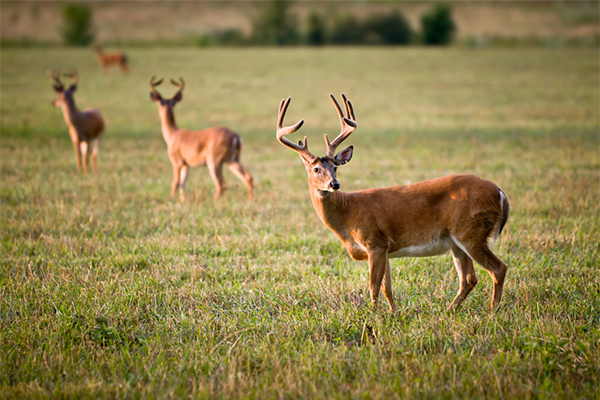
Variety of Animal
An antelope has permanent, unbranched horns: whereas the deer sheds and re-grows its branched antlers periodically. While still in the growing stage, these antlers are made up of soft, fine hair and skin, making it very sensitive and susceptible to injury. Once fully grown, they become a weapon for attack and self-defense. Five species of deer can be seen frisking about in the wildlife sanctuaries of Kishanpur, Katerniaghat and Dudhwa National Park.
Swamp deer or Barasingha, the state animal of Uttar Pradesh, lives mostly on marshlands. These deer have antler with about a dozen points, hence earning the name of barasingha (bara being twelve in Hindi). Belonging to Schedule 1 of the Wildlife Protection Act of 1972, this deer species is one of the most commonly spotted wild animals around the tals in Dudhwa. Jhadi Tal in Kishanpur has the highest number of barasingha with the number sometimes even going upto 800.

The Hog-deer gets its name from its hog-like appearance and mannerisms, as well as its habit of keeping its head down while running. With antlers measuring around 30-35 cm on an average, the hog-deer has short legs and a stout built. An adult hog-deer has a rich, brown coat with a yellow or reddish tinge, while their young have spotted coats. They usually roam about in herds of about twenty. Barking deer or Muntjae have a glossy chestnut coat and roam about in pairs of two or small family groups. They only come out in the open fields to graze and usually prefer to keep to the jungles. The height of an adult male barking deer is about 50 to 75 cm up to the shoulders with minuscule antlers.
Fauna
Tiger, Swamp Deer , Hog Dear, Barking Deer , Bengal Florican , Lesser florican, many kinds birds ,Bear , Snakes, Python etc
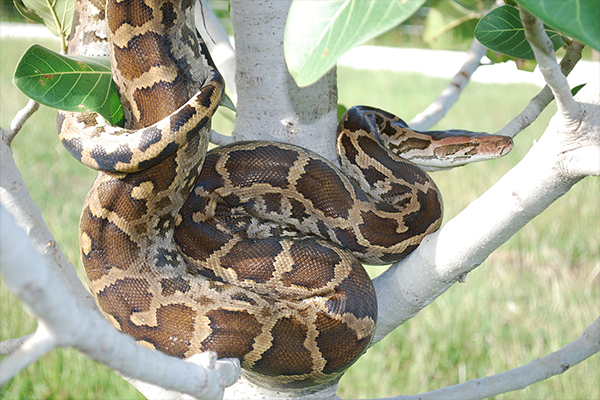
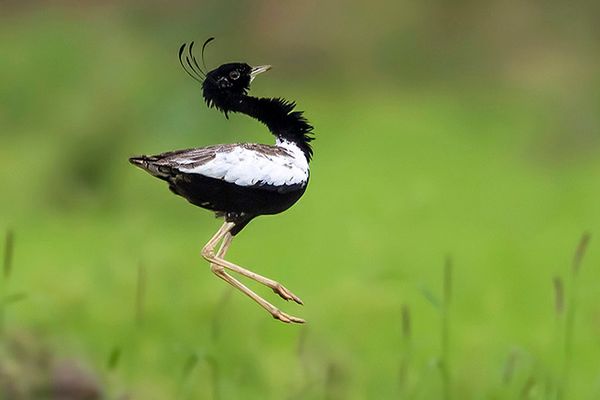
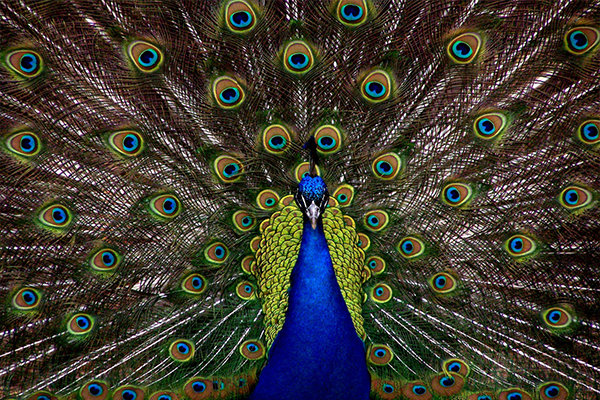
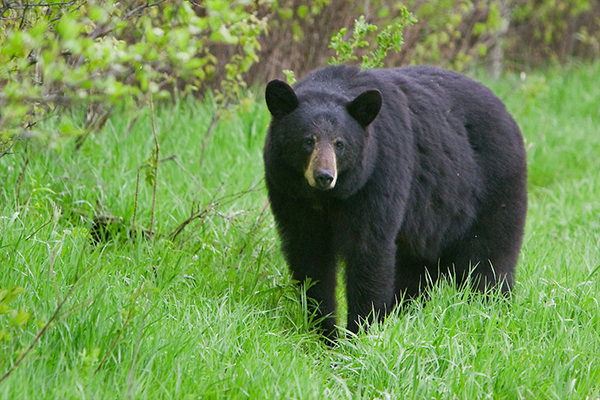
Ideal time to visit
15th November to 15th June.
Visitor Attraction
- Safari
- Tiger
- Bear
- Deer
- Barashinga
- Bird watching
